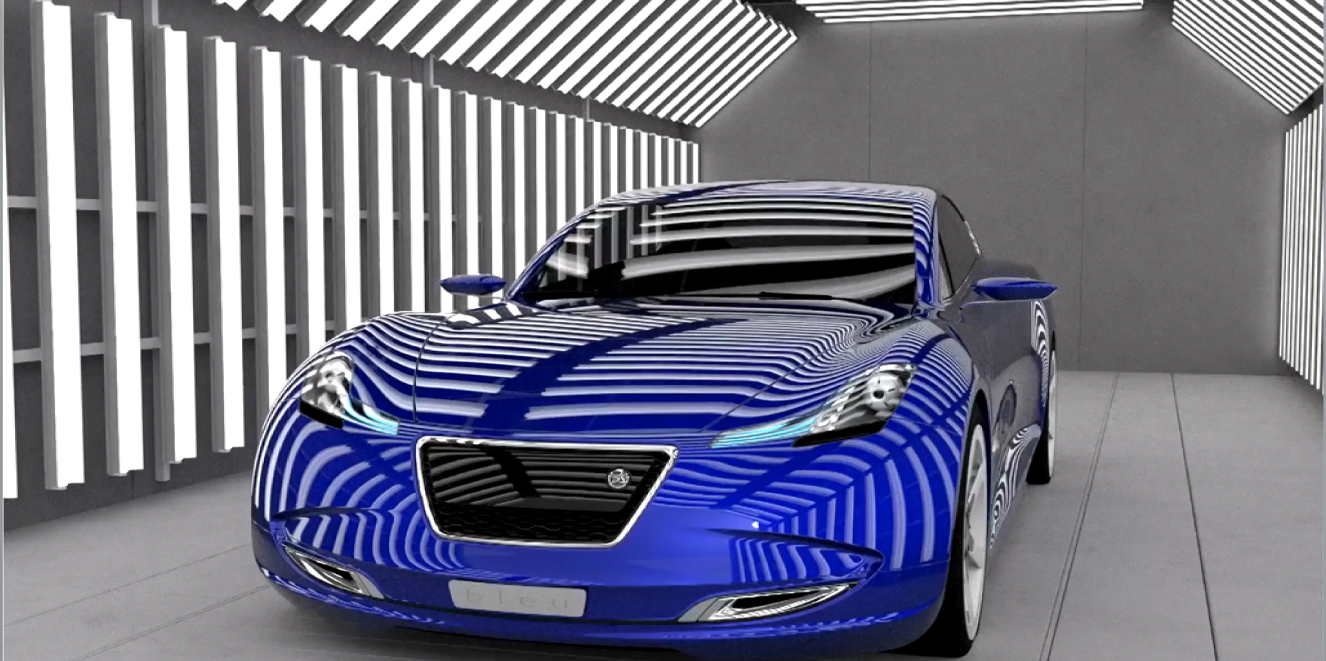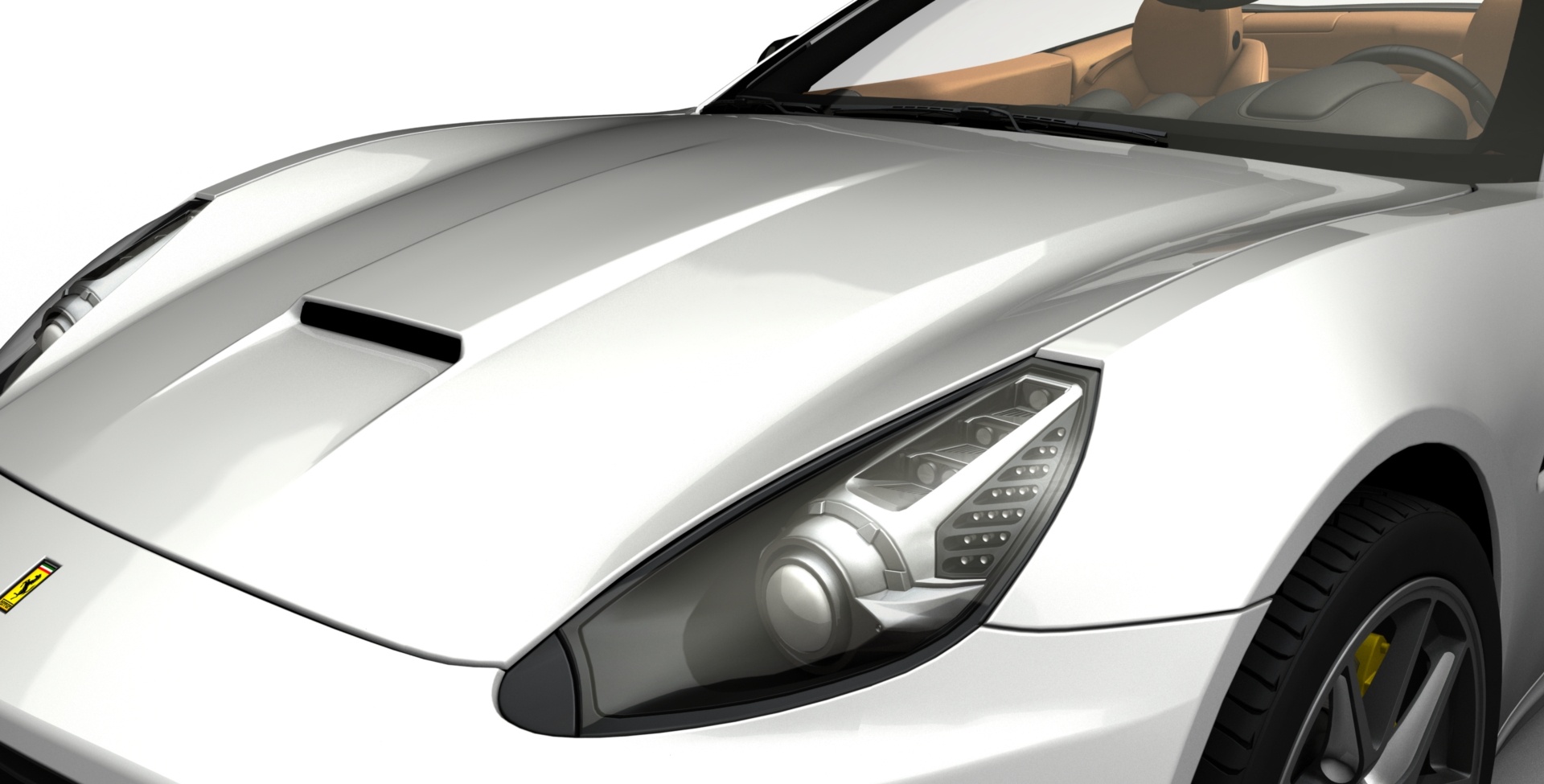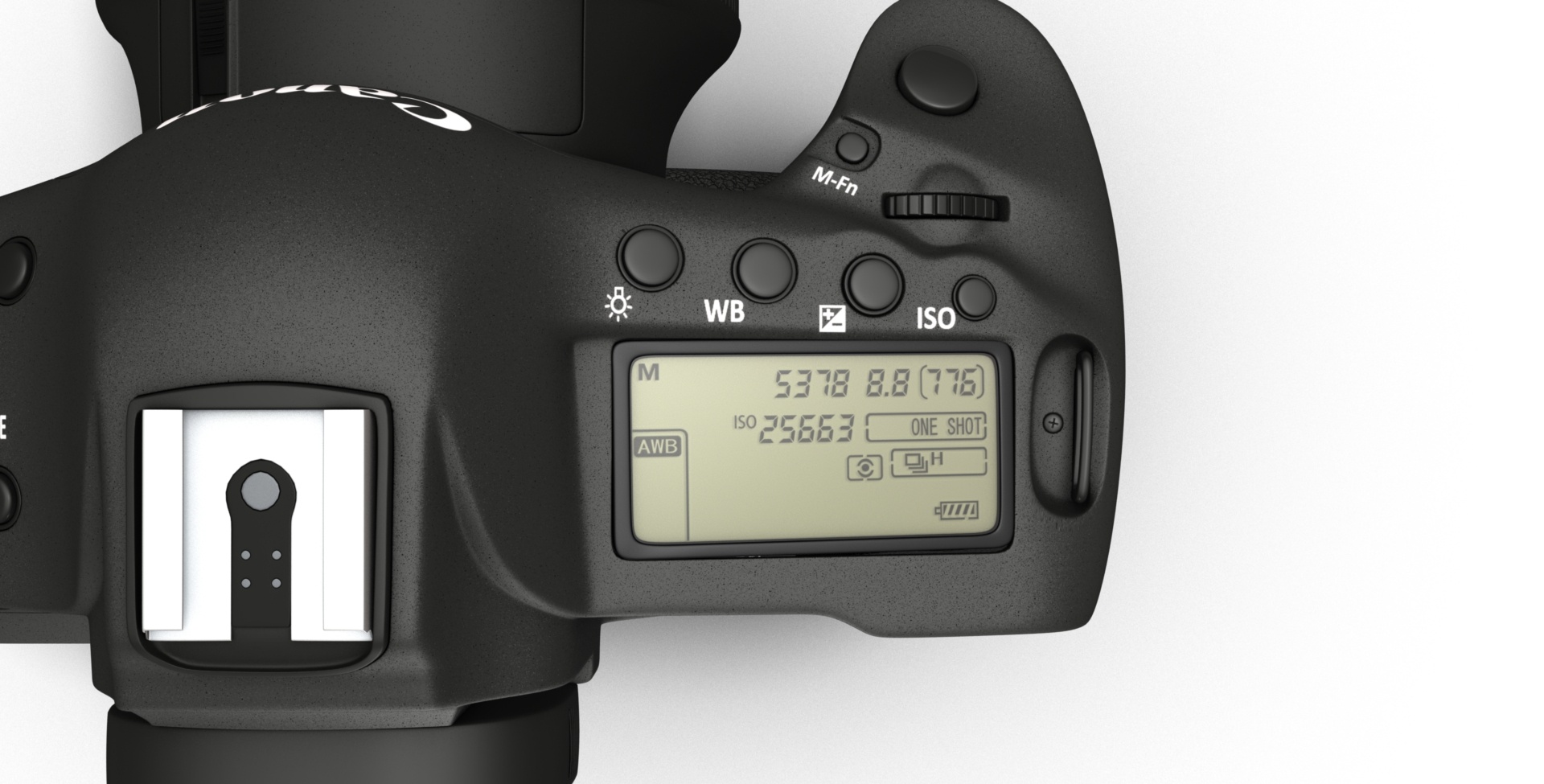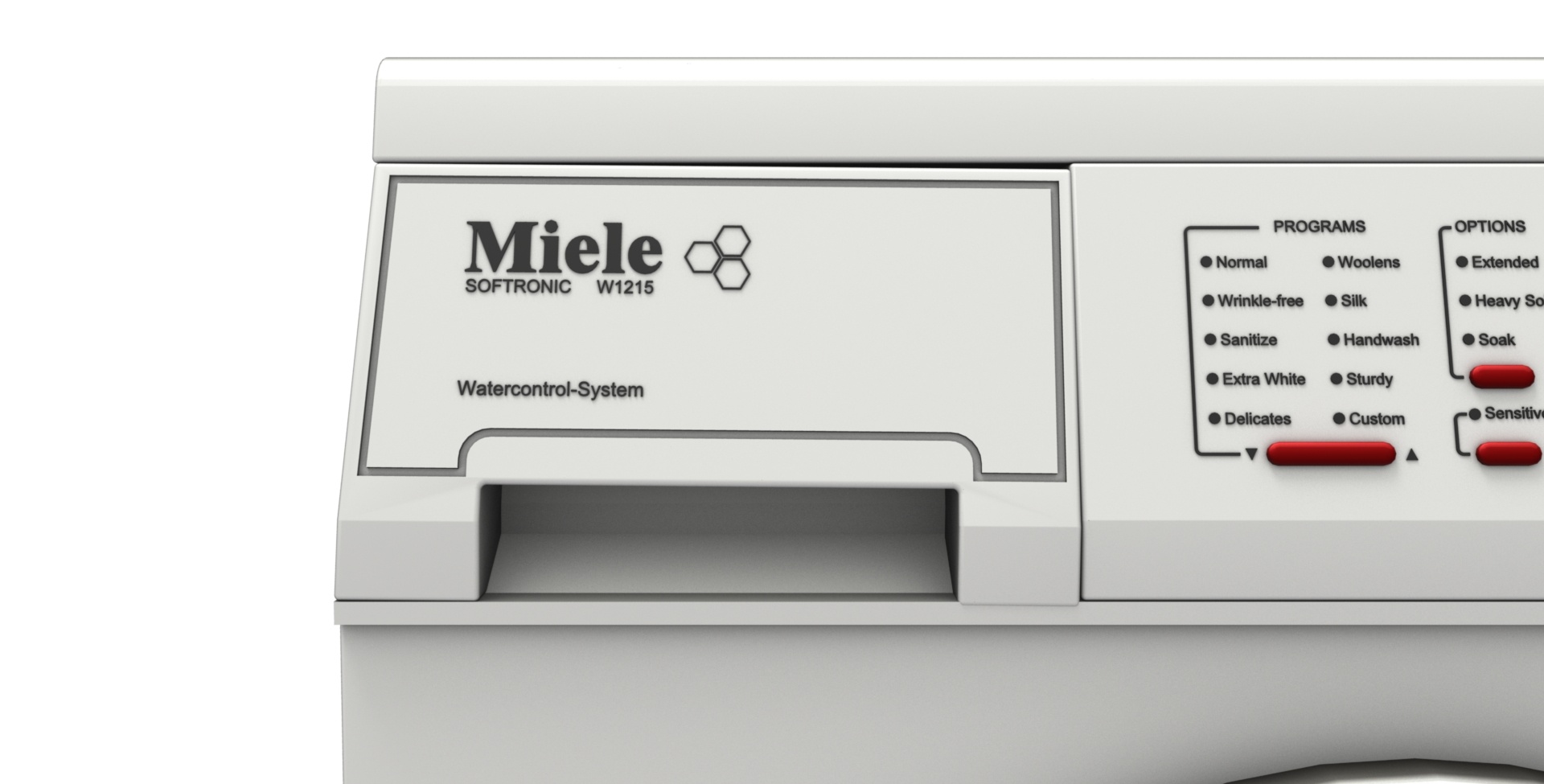Improve Your Product's Perceived Quality Through Visualization Studies in Leading Tools: Deltagen, VRED, CATIA 3DEXPERIENCE, Keyshot, Design Studio and More




Perceived Quality Studies are a means of communicating quality objectives and attainable quality levels between Design and Engineering teams. This process incorporates iterative studies to determine acceptable aesthetic levels and then confirms manufacturing's ability to meet those objectives.
Simulation Studies
Complete the Tolerance Analysis Model by adding assembly processes and production tolerances within the given design parameters.
Process:
Steps in a Perceived Quality driven PLM Cycle:
See Gap and Flush studies using powerful visualization. Change gap and flush dimensions with the click of a button to view different specifications and determine their impact on Perceived Quality.
Use single button updates to quickly swap out part variants and view them with variation, seeing how your product will look when manufactured. Save valuable time waiting on prototypes.
Use 3DCS Spec Studies to set conditions across your product, seeing how multiple gaps, and flushes, as well as part angles can affect the appearance of your product.
Combine Monte Carlo analysis results with visualization to pick out specific samples to view using High-End Visualization tools.
With easy to use outputs from 3DCS, use any visualization tool that you're comfortable with.
Swap between different product variants, part variants, and studies fast without having to model each part in a different position, or remodel the entire product.
Before getting any manufacturing tolerances, use SPEC STUDIES to set Gap and Flush conditions to determine maximum and minimum acceptable levels.